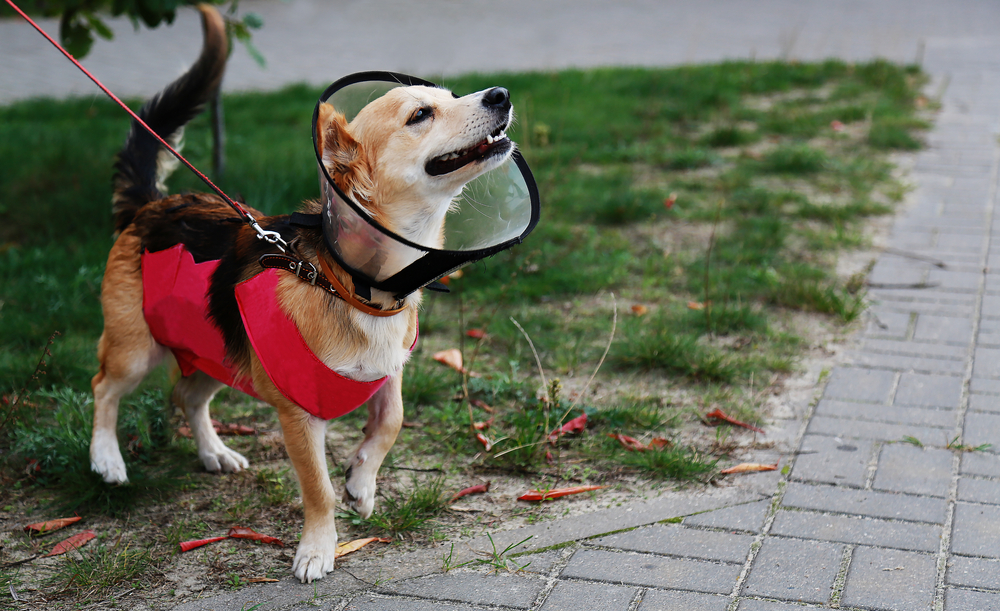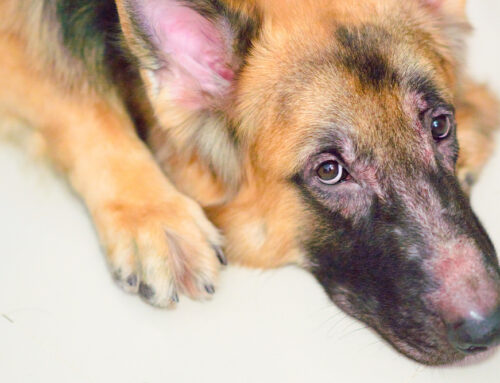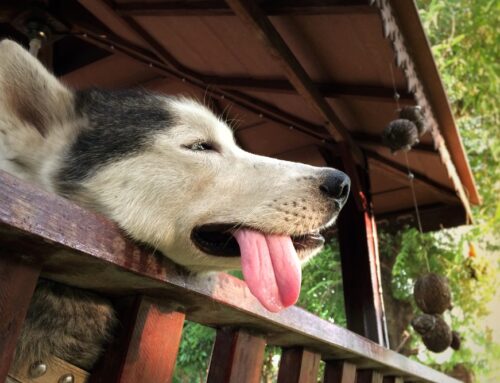As a responsible pet owner, you know you should have your four-legged friend spayed or neutered to avoid contributing to the pet overpopulation problem, in addition to reducing or eliminating their risk for a host of health problems. However, you may wonder exactly what happens to your pet when they go under the drape—and the scalpel blade. Our Stack Veterinary Hospital team walks you through your pet’s spay or neuter procedure, answering common questions along the way.
Question: When should my pet be spayed or neutered?
Answer: While each pet should be treated as an individual and have their health and lifestyle considered, general guidelines exist as to the appropriate age for spaying and neutering. According to the American Animal Hospital Association (AAHA), all kittens should be sterilized by 5 months, which greatly reduces mammary cancer risks for females and marking and spraying behavior in males. Dogs are a bit trickier, but AAHA recommends small-breed dogs should be sterilized by 5 or 6 months of age. Large-breed dogs should be neutered after growth stops, which usually is between 9 and 15 months of age. The decision on when to spay a large-breed female dog is based on many factors. We can help narrow down the recommended window of 5 to 15 months depending on your dog’s disease risk and lifestyle.
Q: Why might you recommend blood work for my pet before surgery?
A: While we perform a nose-to-tail physical exam on your pet the day of their surgery, this exam doesn’t allow us to evaluate organ health and other factors that may cause anesthesia and surgical challenges. Routine blood work provides information about your pet’s liver and kidney function, in addition to blood cell quantities and qualities. We’ll discover if your pet is anemic, dehydrated, battling infection, experiencing organ dysfunction, or having clotting problems. This information allows us to formulate the safest anesthetic protocol for your pet’s health status, and warns us of potential surgical complications.
Q: How is my pet kept safe during their spay or neuter surgery?
A: Before your pet is given any anesthetic drugs, an intravenous (IV) catheter is placed. This grants us immediate access to their vein in the event of an emergency, along with the ability to give them fluids to maintain a normal blood pressure and help flush out medications. Additionally, your pet is closely monitored before, during, and after surgery by one of our licensed veterinary technicians. We keep a sharp eye on their vital signs, monitoring their heart rate and rhythm, respiratory rate and effort, oxygen level, blood pressure, temperature, anesthetic depth, and pain level. We ensure your pet remains warm throughout surgery by using heated tables and a Bair Hugger warming unit.
Q: How does my pet stay asleep during their spay or neuter surgery?
A: Your pet is kept unconscious and unaware of the procedure through inhalant anesthesia. This drug is administered in a vaporized form through a breathing tube, along with fresh oxygen. Before surgery, we give your pet pain medication and a sedative to ensure they are pain-free and relaxed, and to help promote a smooth surgery and recovery.
Q: How is my pet prepped for their spay or neuter surgery?
A: Female cats and dogs have a rectangular area shaved on their abdomen, while male dogs are shaved directly in front of the scrotum. Male cats typically have the hair plucked from their testicles to prevent razor burn and cuts on the sensitive skin. Once the hair is removed, we scrub the area with a surgical disinfecting solution. Next, your pet is covered in a sterile drape to keep fur, dirt, and pathogens away from the surgical field. Your furry pal is now ready for surgery.
Q: What happens during a pet’s neuter surgery?
A: In male dogs, a small, single incision is made directly in front of the scrotum, and both testicles are removed. In male cats, two incisions are made in the scrotum, one over each testicle to make them easier to remove. Canine incisions are closed with sutures and tissue glue, whereas feline incisions are not.
Q: What happens during a pet’s spay surgery?
A: In female dogs and cats, both ovaries and the uterus are removed through a single, central incision in the abdomen. Once these reproductive organs are removed, the tissue layers are closed with sutures, and the final skin layer is closed with sutures or tissue glue.
Q: What do I need to know about my pet’s recovery period?

A: Keeping your pet inactive after surgery is essential for healing. Take your dog outside on a leash to eliminate, and avoid playing with your cat or dog until their incision is fully healed. Ensure your pet refrains from licking at their incision because this can cause an infection or the incision to open. With plenty of rest and snuggles, your pet will heal quickly from their spay or neuter procedure.
Are you unsure when your pet should be spayed or neutered? Contact our Stack Veterinary Hospital team to schedule a consultation to discuss the best age for your furry pal’s surgery.







Leave A Comment